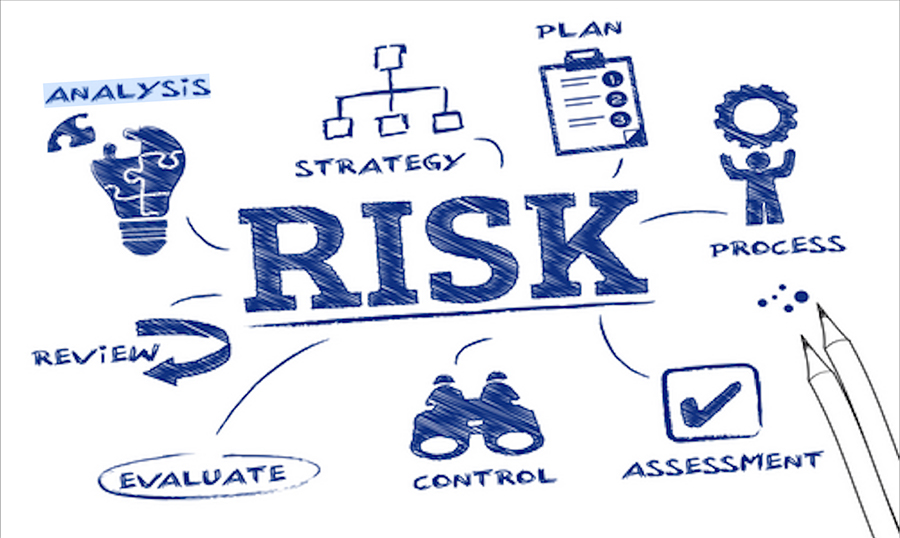Exploring Risk Management in ISO 9001 Compliance
In today’s highly competitive business landscape, maintaining a focus on quality is essential for sustained success and customer satisfaction. The International Organization for Standardization (ISO) recognized the significance of quality management and developed ISO 9001 Standard. Currently, ISO 9001 is a globally recognized standard that outlines the requirements for an effective Quality Management System (QMS). One critical aspect of ISO 9001 is risk management. It helps organizations identify potential pitfalls, mitigate threats, and seize opportunities. Let us explore the role of risk management in ISO 9001 compliance
Understanding ISO 9001 and its Relationship with Risk Management
ISO 9001 is a quality management standard designed to help organizations streamline their processes, meet customer requirements, and continually improve their operations. Its core focus is on customer satisfaction and the delivery of consistent, high-quality products or services.
In ISO 9001, risk management is integrated throughout the standard. It emphasizes a proactive approach to identifying, assessing, and addressing potential risks that could impact the QMS and business objectives. Risk management is closely tied to the concept of preventive action. This encourages companies to anticipate and address issues before they become problems.
Benefits of Risk Management in ISO 9001
- Enhanced Decision-Making: Risk management enables organizations to make informed decisions by identifying and evaluating potential risks and their potential impact on operations. It empowers leaders to allocate resources more effectively and prioritize areas that require attention. This results in a better decision-making process.
- Continual Improvement: Risk management aligns with ISO 9001’s goal of continually enhancing the QMS while finding opportunities for improvement. It fosters a culture of learning and adaptation, thereby, driving innovation and long-term success.
- Improved Operational Efficiency: Addressing risks early on helps prevent costly disruptions to operations. This proactive approach streamlines processes and reduces waste, ultimately leading to improved efficiency and productivity.
- Strengthened Customer Confidence: ISO 9001 certification already signifies a commitment to quality. Incorporating risk management further demonstrates an organization’s dedication to meeting customer needs and expectations, fostering trust and confidence in its products or services.
Steps of Risk Management in ISO 9001
Risk Identification: The first step in risk management is to identify potential risks that may affect the QMS or the organization’s ability to meet its objectives. This involves gathering information from various sources, including internal data, customer feedback, and industry trends.
Risk Analysis: The risks identified are analyzed to understand their likelihood and potential impact on the QMS. Organizations can use various tools, such as risk matrices or probability-impact grids, to prioritize risks based on their severity.
Risk Evaluation: In this step, organizations evaluate the significance of each identified risk. This helps in deciding which risks require immediate attention and action. The evaluation process includes considering the organization’s risk appetite and tolerance levels.
Risk Treatment: After prioritizing risks, organizations develop and implement appropriate risk treatment plans. This may involve risk mitigation, risk transfer, risk avoidance, or acceptance. The aim is to reduce the likelihood or impact of negative risks while capitalizing on potential opportunities.
Monitoring and Review: Risk management is an ongoing process that requires continuous monitoring and review. Organizations should regularly assess the effectiveness of risk treatment plans and update their strategies as needed.
Communication and Documentation: Throughout the risk management process, effective communication is crucial. Key stakeholders need to know potential risks and the actions taken to address them. Proper documentation ensures transparency and provides evidence of compliance during ISO 9001 audits.
Challenges and Tips for Effective Risk Management
Implementing risk management in ISO 9001 may present challenges for some organizations. Here are some common hurdles and tips to overcome them:
- Lack of Awareness: Some organizations may not fully grasp the importance of risk management or may struggle to integrate it into their existing processes. Raising awareness and providing training can help employees understand the benefits and relevance of risk management.
- Resource Constraints: Limited resources can hinder the implementation of risk management activities. Organizations should prioritize risk assessments based on potential impact and allocate resources accordingly.
- Siloed Approach: Risk management requires collaboration and information-sharing across different departments and levels of the organization. Breaking down silos and promoting a cross-functional approach is essential for effective risk management.
- Overlooking Opportunities: Risk management is not just about mitigating negative risks; it also involves seizing opportunities for improvement and growth. Emphasizing a balanced approach that addresses both risks and opportunities is key.
Conclusion
Risk management is an integral part of ISO 9001 and plays a vital role in ensuring the success and sustainability of an organization’s Quality Management System. By identifying potential risks and opportunities, organizations can make informed decisions, continually improve their processes, and enhance customer satisfaction. Implementing risk management requires commitment, collaboration, and a proactive mindset. Embracing risk management as a strategic tool will enable organizations to navigate challenges successfully and thrive in today’s dynamic business environment while maintaining the highest standards of quality.
Risk management is an ongoing process that needs continuous review and adaptation to meet changing circumstances and business requirements. With ISO 9001 Lead Auditor Training organizations can train their employees to build a solid foundation for continuous improvement.
SOURCE: https://unichrone.com/blog/quality-management/risk-management-in-iso-9001-compliance/



